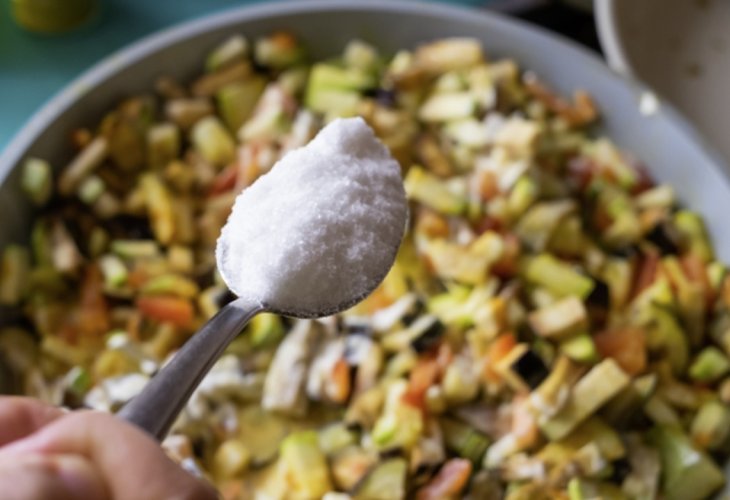Unlocking the Benefits of Salt: How to Use it Wisely
Ever wondered about the difference between salt and sodium? Discover why salt gets a bad rap, and how much you should really consume.
 (Photo: shutterstock)
(Photo: shutterstock)Salt isn't inherently bad. It's composed of sodium and chloride, and throughout history, it's been used to season and preserve food.
Sodium is an electrolyte that helps regulate cell function, maintain a healthy nervous system, and manage muscle contraction and relaxation.
Chloride improves potassium absorption and helps regulate bodily fluids.
Quality sea salt can contain up to 84 minerals and be considered a dietary supplement.
Health issues linked to excessive salt consumption often stem from refined, processed white salt found in prepared foods and common table salt that many people use.
The recommended salt intake is 2,300 mg of sodium, equivalent to one teaspoon per day. To find out how much salt is in food, multiply the sodium content by 2.5 (if there are 400 mg of sodium, that equals one gram of salt).
In reality, the average person consumes twice this amount, or even more. Prepared foods or those served in restaurants contribute the majority of sodium to our diet. Health experts believe reducing sodium in processed and prepared foods could alleviate many health issues. The simplest and immediate solution is home cooking, where we control both the quantity and the quality of the salt used.
Responses to salt can vary among individuals. Some people are more sensitive than others. Sensitivity increases with age, but being overweight or obese also heightens salt sensitivity.
I recommend using quality sea salt for home cooking - Atlantic sea salt, Himalayan salt, or black salt. These natural salts contain essential minerals and trace elements (substances the body needs in small amounts).
The potassium content in natural salts is high and crucial for fluid regulation in the body, blood pressure balance, neural communication, and preventing calcium loss from the body.
Most people use processed white salt, lacking the minerals and trace elements found in natural sea salt. White salt usually contains magnesium carbonate, artificial additives, chemicals, or bleaching agents. These processing steps are done to reduce costs and give the salt a whiter color compared to natural sea salt, which has a grayish hue.
Using quality sea salt, in limited and moderate amounts, is the best way to absorb minerals and enjoy healthy and flavorful salty foods.
Zohara Sharvit is a Naturopath N.D. and an iridologist, with extensive experience in treatment, counseling, and workshop facilitation. To book a free workshop, call 073-2221290

